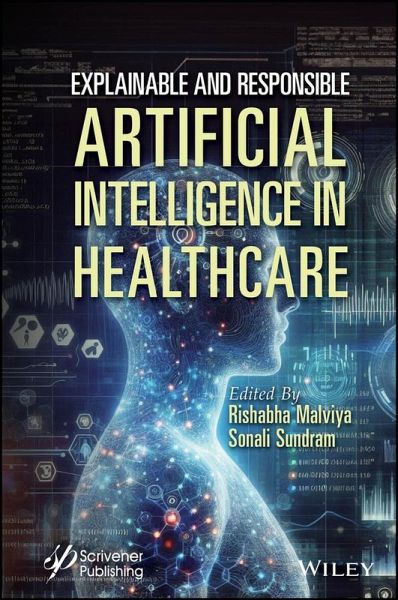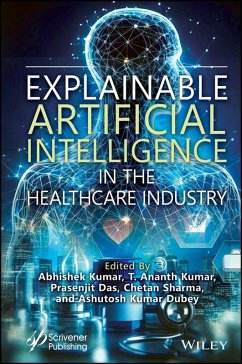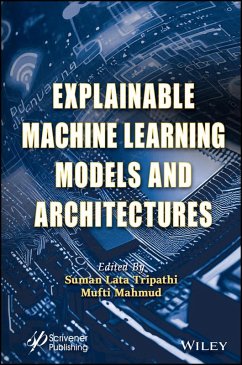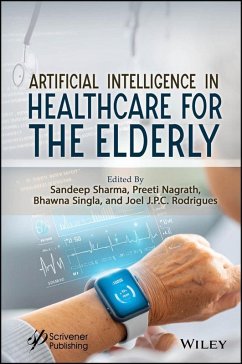
Explainable and Responsible Artificial Intelligence in Healthcare (eBook, ePUB)
Versandkostenfrei!
Sofort per Download lieferbar
168,99 €
inkl. MwSt.
Weitere Ausgaben:

PAYBACK Punkte
0 °P sammeln!
This book presents the fundamentals of explainable artificial intelligence (XAI) and responsible artificial intelligence (RAI), discussing their potential to enhance diagnosis, treatment, and patient outcomes.This book explores the transformative potential of explainable artificial intelligence (XAI) and responsible AI (RAI) in healthcare. It provides a roadmap for navigating the complexities of healthcare-based AI while prioritizing patient safety and well-being. The content is structured to highlight topics on smart health systems, neuroscience, diagnostic imaging, and telehealth. The book e...
This book presents the fundamentals of explainable artificial intelligence (XAI) and responsible artificial intelligence (RAI), discussing their potential to enhance diagnosis, treatment, and patient outcomes.
This book explores the transformative potential of explainable artificial intelligence (XAI) and responsible AI (RAI) in healthcare. It provides a roadmap for navigating the complexities of healthcare-based AI while prioritizing patient safety and well-being. The content is structured to highlight topics on smart health systems, neuroscience, diagnostic imaging, and telehealth. The book emphasizes personalized treatment and improved patient outcomes in various medical fields. In addition, this book discusses osteoporosis risk, neurological treatment, and bone metastases. Each chapter provides a distinct viewpoint on how XAI and RAI approaches can help healthcare practitioners increase diagnosis accuracy, optimize treatment plans, and improve patient outcomes.
Readers will find the book:
Audience The main audience for this book is targeted to scientists, healthcare professionals, biomedical industries, hospital management, engineers, and IT professionals interested in using AI to improve human health.
This book explores the transformative potential of explainable artificial intelligence (XAI) and responsible AI (RAI) in healthcare. It provides a roadmap for navigating the complexities of healthcare-based AI while prioritizing patient safety and well-being. The content is structured to highlight topics on smart health systems, neuroscience, diagnostic imaging, and telehealth. The book emphasizes personalized treatment and improved patient outcomes in various medical fields. In addition, this book discusses osteoporosis risk, neurological treatment, and bone metastases. Each chapter provides a distinct viewpoint on how XAI and RAI approaches can help healthcare practitioners increase diagnosis accuracy, optimize treatment plans, and improve patient outcomes.
Readers will find the book:
- explains recent XAI and RAI breakthroughs in the healthcare system;
- discusses essential architecture with computational advances ranging from medical imaging to disease diagnosis;
- covers the latest developments and applications of XAI and RAI-based disease management applications;
- demonstrates how XAI and RAI can be utilized in healthcare and what problems the technology faces in the future.
Audience The main audience for this book is targeted to scientists, healthcare professionals, biomedical industries, hospital management, engineers, and IT professionals interested in using AI to improve human health.
Dieser Download kann aus rechtlichen Gründen nur mit Rechnungsadresse in D ausgeliefert werden.













